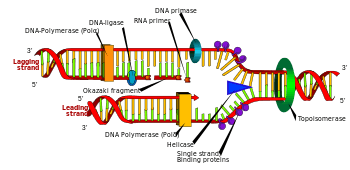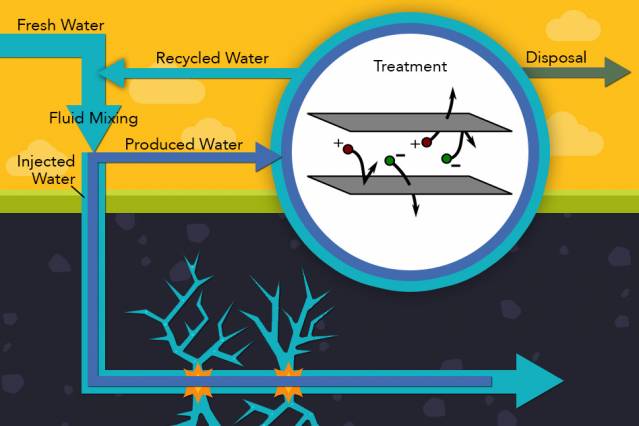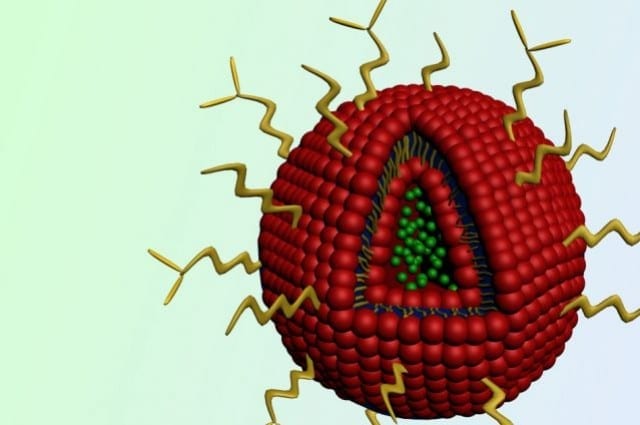
Could re-ignite interest in the use of DNA-based wires and devices in the development of programmable circuits
In a paper published today in Nature Nanotechnology (“Long-range charge transport in single G-quadruplex DNA molecules”), an international group of scientists announced the most significant breakthrough in a decade toward developing DNA-based electrical circuits.
The central technological revolution of the 20th century was the development of computers, leading to the communication and Internet era. The main measure of this evolution is miniaturization: making our machines smaller. A computer with the memory of the average laptop today was the size of a tennis court in the 1970s.
Yet while scientists made great strides in reducing of the size of individual computer components through microelectronics, they have been less successful at reducing the distance between transistors, the main element of our computers. These spaces between transistors have been much more challenging and extremely expensive to miniaturize – an obstacle that limits the future development of computers.
Molecular electronics, which uses molecules as building blocks for the fabrication of electronic components, was seen as the ultimate solution to the miniaturization challenge. However, to date, no one has actually been able to make complex electrical circuits using molecules. The only known molecules that can be pre-designed to self-assemble into complex miniature circuits, which could in turn be used in computers, are DNA molecules. Nevertheless, so far no one has been able to demonstrate reliably and quantitatively the flow of electrical current through long DNA molecules.
Now, an international group led by Prof. Danny Porath of the Hebrew University of Jerusalem reports reproducible and quantitative measurements of electricity flow through long molecules made of four DNA strands, signaling a significant breakthrough towards the development of DNA-based electrical circuits. The research, which could re-ignite interest in the use of DNA-based wires and devices in the development of programmable circuits, appears in the prestigious journal Nature Nanotechnology.
The Latest on: DNA-based electrical circuits
[google_news title=”” keyword=”DNA-based electrical circuits” num_posts=”10″ blurb_length=”0″ show_thumb=”left”]
via Google News
The Latest on: DNA-based electrical circuits
- Unlock.fit Launches CorpGene: Exclusive DNA-based Personalized Wellness Program for Corporate Wellness Enhancement in Indiaon April 29, 2024 at 4:57 am
Business Wire India Unlock.fit, a premier provider of personalized wellness solutions has announced the unveiling of ‘CorpGene’. CorpGene is an exclusive DNA-based Personalize ...
- 2025 Mercedes-Benz G-Class works on its quads (motors, that is)on April 23, 2024 at 7:30 pm
It has four motors, 579 hp, and an off-road heritage that goes back further than the Rivian R1S, GMC Hummer EV, and Tesla Cybertruck. With the electric version of its military-grade G-Class, ...
- DNA database to help fight against illegal wildlife traffickingon April 23, 2024 at 1:35 am
SYDNEY - Scientists from Australia and the United Kingdom are developing genomic sequencing technology to save parrots caught in the illegal wildlife tr ...
- Electric circuitson April 21, 2024 at 11:25 am
Different electrical components have different characteristics. These can be investigated using suitable circuits and apparatus. Series and parallel circuits - OCR 21st Century Electrical current ...
- Urine-Based Cell-Free DNA for Testing Head and Neck Canceron April 17, 2024 at 3:15 am
Given their small size, these fragments are likely to be missed using conventional urine or blood-based liquid biopsy tests in detecting circulating tumor DNA (ctDNA). The research was led by ...
- A urine-based test that detects tumor DNA fragments could offer early reliable screening for head and neck canceron April 15, 2024 at 5:00 pm
Citation: A urine-based test that detects tumor DNA fragments could offer early reliable screening for head and neck cancer (2024, April 16) retrieved 27 April 2024 from https://medicalxpress.com ...
- Protecting art and passwords with biochemistryon April 7, 2024 at 5:00 pm
Rather than processing the data using arithmetic operations, it is stored as a sequence of nucleotides -- the chemical building blocks of DNA. Based on true randomness "Our system is based on true ...
- Best Dog DNA Test Kits: A Veterinarian’s Reviewon March 2, 2024 at 11:43 pm
If you’ve been curious about your pup’s heritage, you may be surprised to learn about the existence of dog DNA test kits ... can decide which you prefer based on your needs.
- DNA Explainer: What is electronic interlocking system, 'root cause' behind the Odisha train tragedy?on June 4, 2023 at 6:12 am
The EI System is a processor-based system which has extensive diagnostic tests built into it. Read: Odisha train accident: Electric interlocking ... It can be a short circuit also.
- DNA Nanotechnology: Building Blocks of the Futureon March 26, 2023 at 12:45 pm
DNA nanostructures have been utilized in many applications in biology, chemistry, and physics, including electric circuits, DNA-based computing, and nanofabrication. In 1982, Nadrian Seeman, a chemist ...
via Bing News









